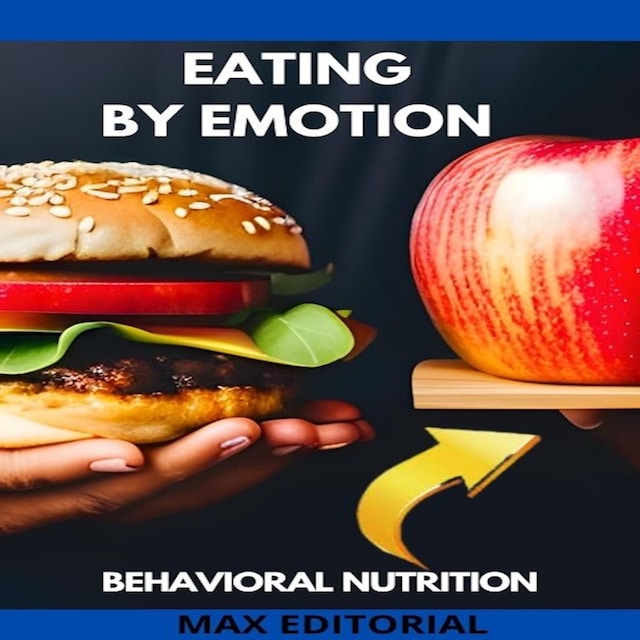
Eating for Emotion
Understand and Manage Emotional Eating
Tietoa kirjasta
Emotional eating is a pattern of eating that is motivated by negative emotions, such as sadness, anxiety, stress, or boredom. When we eat emotionally, we are not actually hungry, but rather using food to deal with our feelings. This can lead to a range of health problems, including obesity, diabetes and heart disease.
Why do we eat for emotions?
There are a number of reasons why people eat for emotions. Some people may have learned to use food as a way to deal with stress or anxiety since childhood. Others may eat emotionally when they are feeling sad, alone, or angry. Still others may eat for emotions simply because they like the feeling of eating tasty foods.
How to stop emotional eating?
If you are struggling with the habit of emotional eating, there are a number of things you can do to stop. Here are some tips:
Identify your emotional triggers. What emotions most lead you to emotional eating? Once you know your triggers, you can start to develop strategies to deal with them in a healthy way.
Take time between emotion and food. When you feel like emotional eating, wait at least 30 minutes before eating. This will give you time to calm your thoughts and emotions and make a more conscious decision about what to eat.
Choose healthy foods. When you eat, choose foods that are rich in nutrients and help you feel full. Avoid processed, sugary, and fatty foods, as these foods can worsen negative emotions and lead to overeating.
Find other ways to deal with stress and anxiety. Exercise, meditation and yoga are some healthy ways to deal with stress and anxiety. If you are struggling to deal with your emotions, seek professional help.
Emotional eating is a complex problem, but it is possible to overcome. With a little effort, you can learn to deal with your emotions in a healthy way and avoid the health problems associated with emotional eating.
Muoto:
Kielet:
englanti


